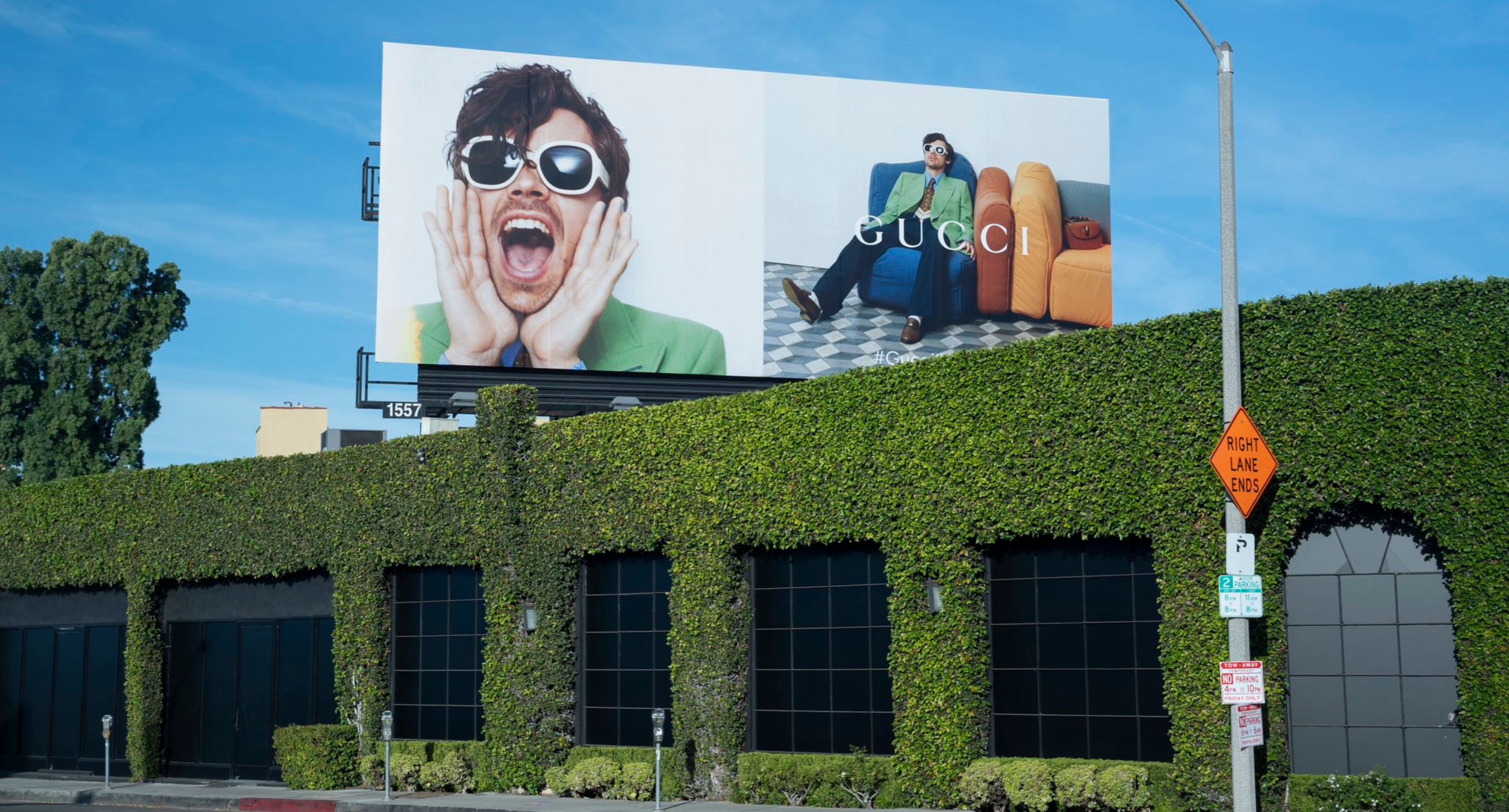Understanding the process of creating captivating content and branding
In our visually-driven world, design is more important than ever. Stunning visuals captivate audiences and build brand recognition. But creating impactful visual content is an art. A thoughtful design process is key.
Why Visual Content Matters
Well-designed visuals are powerful communication and marketing tools. Benefits include:
Grabbing User Attention
Eye-catching visuals stop audiences from mindlessly scrolling. Creative graphics, images, and videos boost engagement.
Increasing Content Memorability
Visuals are “stickier” than text alone. Clever designs ensure key messages resonate longer.
Enhancing Brand Identity
Consistently branded visuals solidify style and personality. This aids brand awareness and recall.
Boosting Content Shareability
Highly shareable visuals amplify reach organically. Great design encourages sharing across social platforms.
Inspiring Desired Actions
Creative visuals that speak to audiences compel action. Stunning designs spur more conversions.
An effective visual content strategy requires an intentional design approach.
Understanding Core Design Principles
Mastering timeless design tenets is crucial for creating quality visuals:
Color Theory
Using color strategically sets mood and visually reinforces branding. Contrasting color palettes add depth.
Typography and Spacing
Clean, readable font styles and spacing create hierarchy and visual flow. Avoid clutter and busyness.
Balance and Symmetry
Aligned, balanced compositions with focal points guide viewers’ eyes. Symmetry also signifies professionalism.
Repetition and Consistency
Reusing elements like shapes, colors, and styles provides cohesion. Consistency strengthens brand identities.
Knowing these foundations allows designers to create attractive, brand-appropriate visuals.
The Visual Content Design Process
A proven process helps designers craft compelling visuals:
1. Define Project Goals and Strategy
First, clarify the objectives, target audience, messaging, channels, and brand guidelines for visual assets.
2. Research and Plan
Next, examine reference visuals, competitor work, relevant visual trends, and styles that align with goals.
3. Sketch and Brainstorm Concepts
Iterate rapidly through initial thumbnail sketches, rough comp visuals, and brainstorming sessions to explore directions.
4. Create Designs and Visuals
With feedback, create polished visual deliverables like graphics, icons, illustrations, layouts, or animations.
5. Review, Refine, and Implement
Share designs with stakeholders. Implement feedback to finalize visuals for use across intended channels.
6. Optimize and Update
Track visual content performance analytics. Make data-driven tweaks and updates to maintain freshness and impact.
This proven design workflow drives memorable, results-driven visual content.
Effective Visual Storytelling Techniques
Quality design alone isn’t enough – strategic visual storytelling connects with audiences:
Hero Images and Photography
Eye-catching “hero” visuals anchor pages or stories with key focal imagery that captivates attention.
Data Visualization Design
Communicating data visually through infographics, charts, graphs, and other visual formats boosts comprehension.
Motion Graphics and Animation
Adding movement through GIFs, video animations, or interactive visuals adds excitement and engagement.
Iconography and Illustration
Illustrated icons and graphics represent concepts memorably. Quality illustrations set distinctive brand styles.
Branded Visual Templates
Designing reusable templates streamlines visual creation efficiency while ensuring brand consistency across formats.
Visual storytelling best practices maximize the impact of visual content.
Designing Diverse Visual Content Types
Strategic designers create a range of versatile visual assets:
Social Media Graphics
Branded graphics, carousels, and video posts resonate and encourage sharing on social platforms.
Blog and Article Headers
Custom header images and formatting visuals enhance blogs, helping content stand out.
Multimedia and Video
Videos, GIFs, animations, and motion graphics provide highly engaging audiovisual content experiences.
Infographics and Data Visualizations
Visualizing information clearly through charts and diagrams makes data more digestible.
Branded Marketing Materials
Cohesive branded documents, marketing collateral, merchandise, and sales enablement visuals support campaigns.
A versatile visual content mix reaches audiences across touchpoints.
Establishing Visual Brand Identity Systems
Consistent identities build recognition – develop visual brand playbooks:
Logo Suite Designs
Design official logo variations, lockups, spacing guidelines, colors, and acceptable use cases.
Color Palettes and Usage
Define official brand color palettes, codes, and usage guidelines for print, digital, and diverse applications.
Typography and Font Guidelines
Outline distinct brand fonts, styles, heading/body text formatting, and type hierarchy rules.
Iconography and Graphics Suite
Create branded icon libraries, graphic elements, illustration styles, and other ownable visual assets.
Style Guide Documentation
Thoroughly document brand voice, messaging, visual identity standards, and usage rules for all stakeholders.
Robust visual brand identity systems provide invaluable consistency.
Enhancing Visual Content Production
New technologies streamline quality visual content production:
Design Software and Tools
Industry programs like Adobe Creative Suite give designers powerful capabilities to craft visuals.
Cloud Storage and Libraries
Cloud-based design asset libraries and file storage centralize visuals for easy deployment and version control.
Project Management Platforms
Collaborative project management tools and feedback workflows ensure on-brand creative delivery.
Design Operations
Design ops practices standardize processes, integrate tooling, and apply scalable production models.
Continuous Technology Adoption
Evaluating and integrating new AI/ML-powered design tools and emerging tech keeps processes cutting-edge.
Leveraging the right tools and workflows maximizes visual content efficiency.
Creating visually captivating content requires intentional, strategic design processes. From fundamental principles to advanced production workflows, thoughtful design brings visuals to life. With brand identity systems and visual storytelling best practices, content resonates deeper with audiences. High-quality visuals set brands apart.


